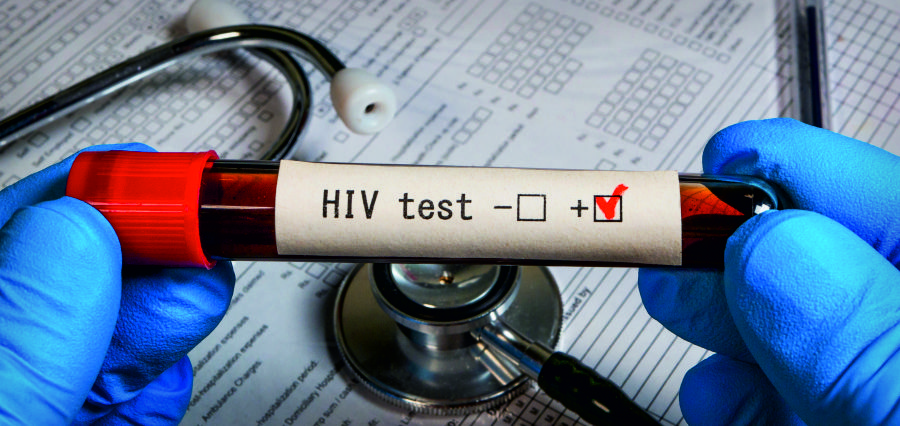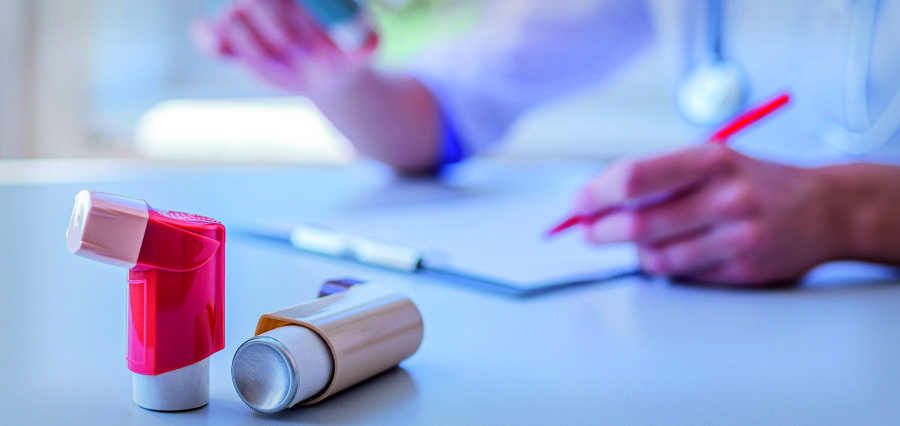A recent amendment to the EU’s In Vitro Diagnostic Medical Device Regulation (IVDR) has garnered praise from a medical device regulation expert for its efforts to mitigate shortages of critical in vitro diagnostics (IVDs) while maintaining safety standards. The amendment, adopted by the European Council, addresses concerns regarding regional IVD shortages caused by delays in conformity assessment deadlines.
Under the amendment, manufacturers are now required to register their devices on the European Database on Medical Devices (EUDAMED) as soon as any of the available modules are accessible. Additionally, they must provide product information in these modules. Notably, manufacturers must notify relevant authorities, healthcare institutions, professionals, and economic operators six months in advance if they anticipate interruptions in device supply that could harm patients.
Elaine Gemmell, Head of Regulatory Affairs at InnoScot Health, “commended the amendment for its proactive approach to preventing IVD supply interruptions while allowing more time for manufacturers to recertify their products under the new IVDR regulations.” However, she emphasized the need for ongoing efforts to address remaining challenges and find practical solutions, noting that the extension represents a temporary measure.
According to the amended regulation, class D devices must conform by December 31, 2027, class C devices by December 31, 2028, and class B and class A sterile devices by December 31, 2029. Meanwhile, compliant IVDs under the previous EU in vitro diagnostic medical devices directive (IVDD) can be placed on the Great Britain market until the expiration of certificates or June 30, 2030. Similarly, general medical devices and IVDs compliant with the EU medical devices regulation (EU MDR) and IVDR, respectively, can be marketed in Great Britain until June 30, 2030.
The amendment reflects ongoing efforts to balance regulatory compliance with ensuring continued access to vital medical devices, underscoring the importance of collaborative efforts between regulatory authorities and industry stakeholders to address evolving challenges in the healthcare sector.








